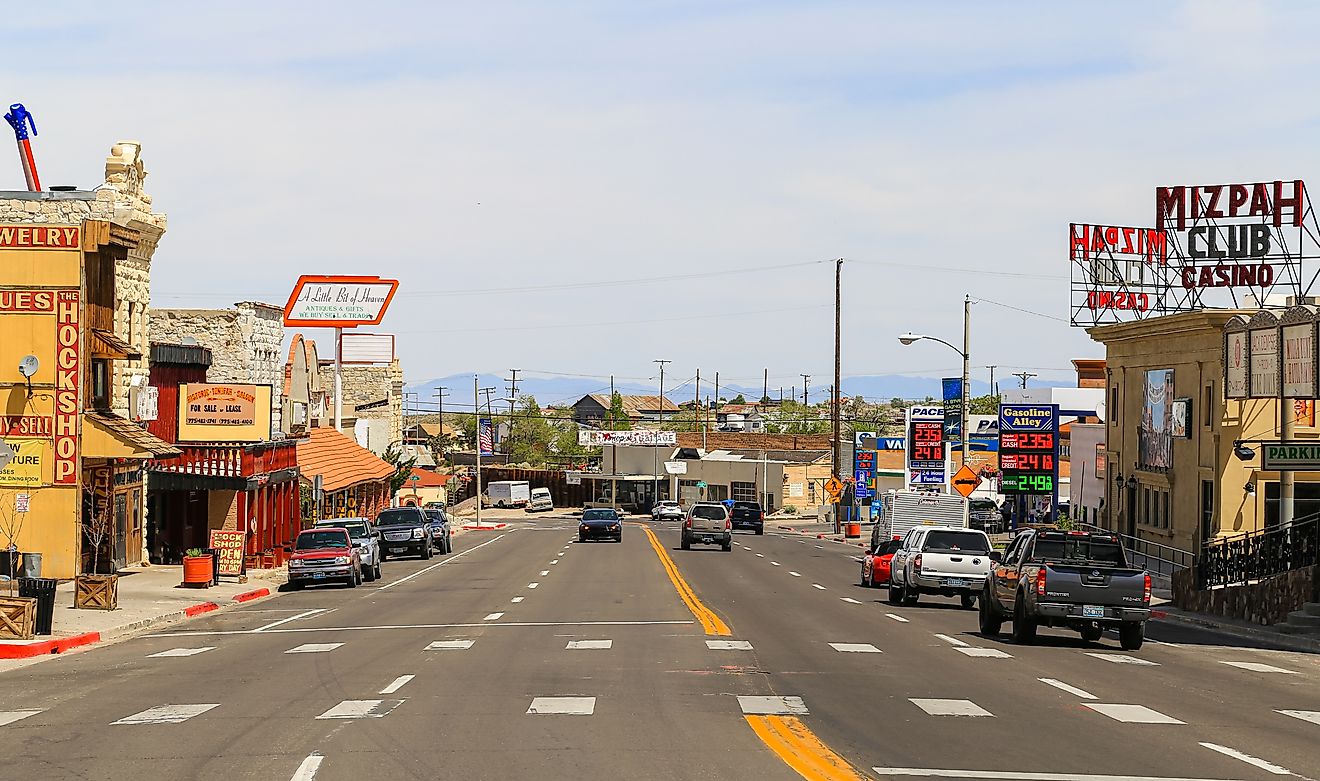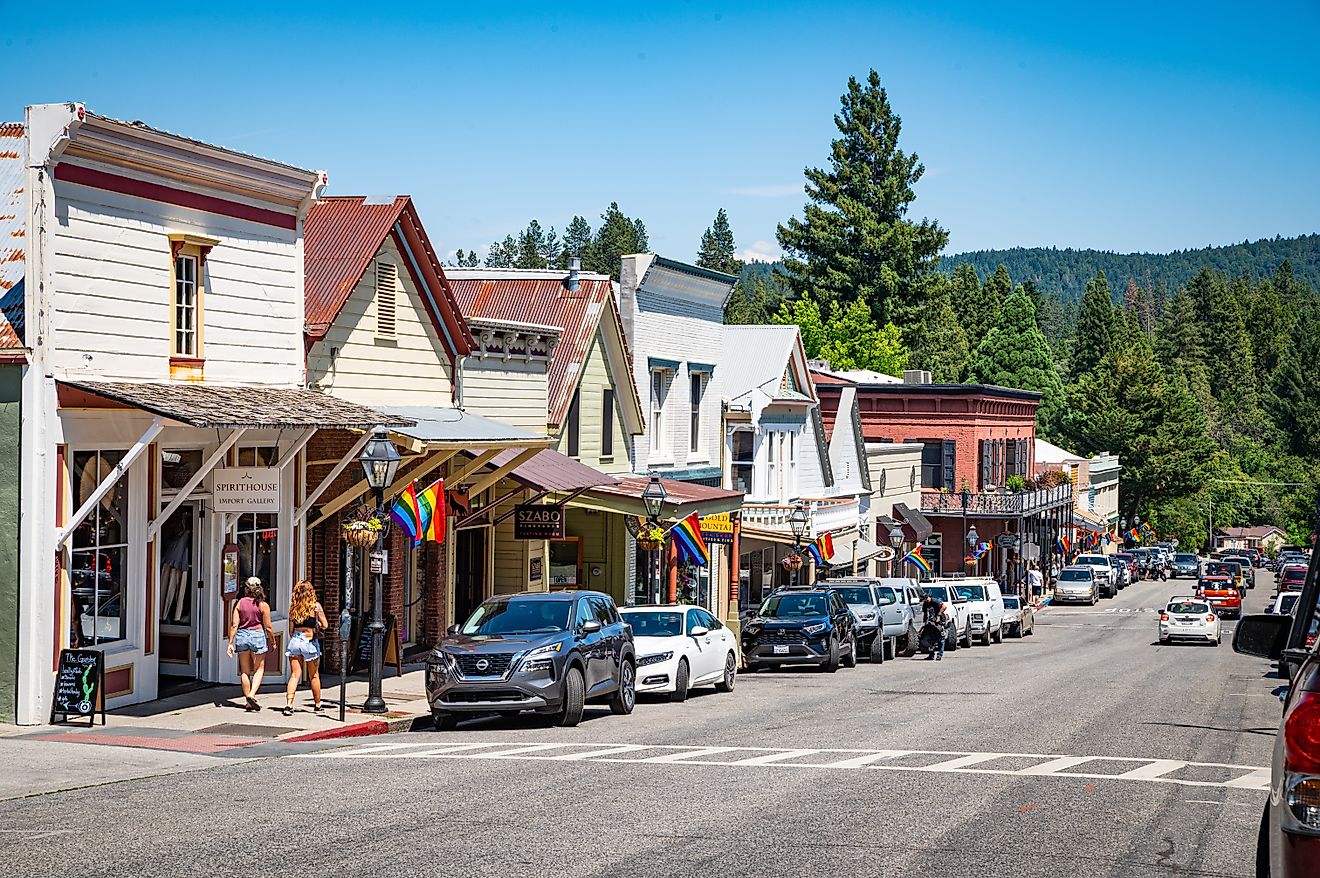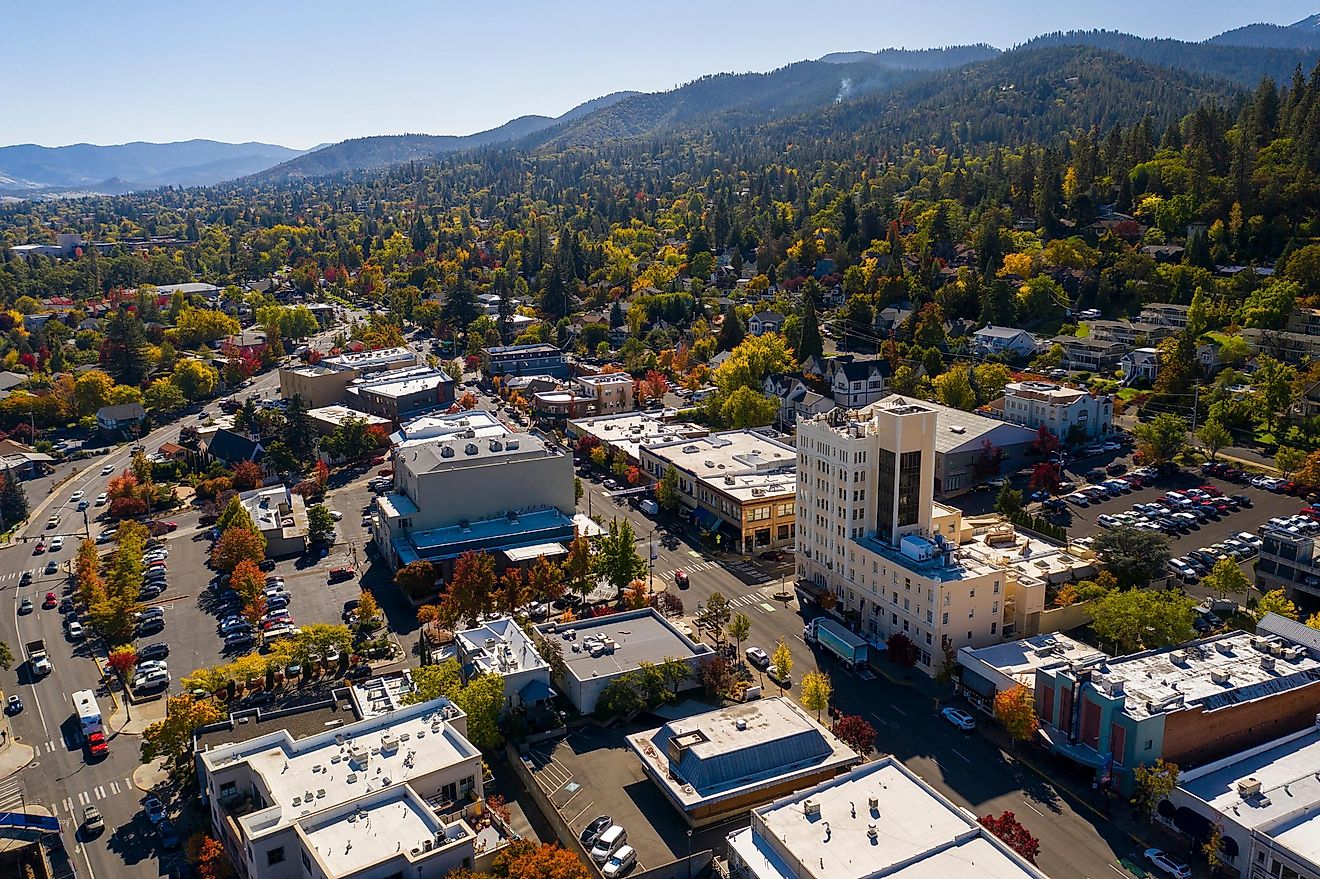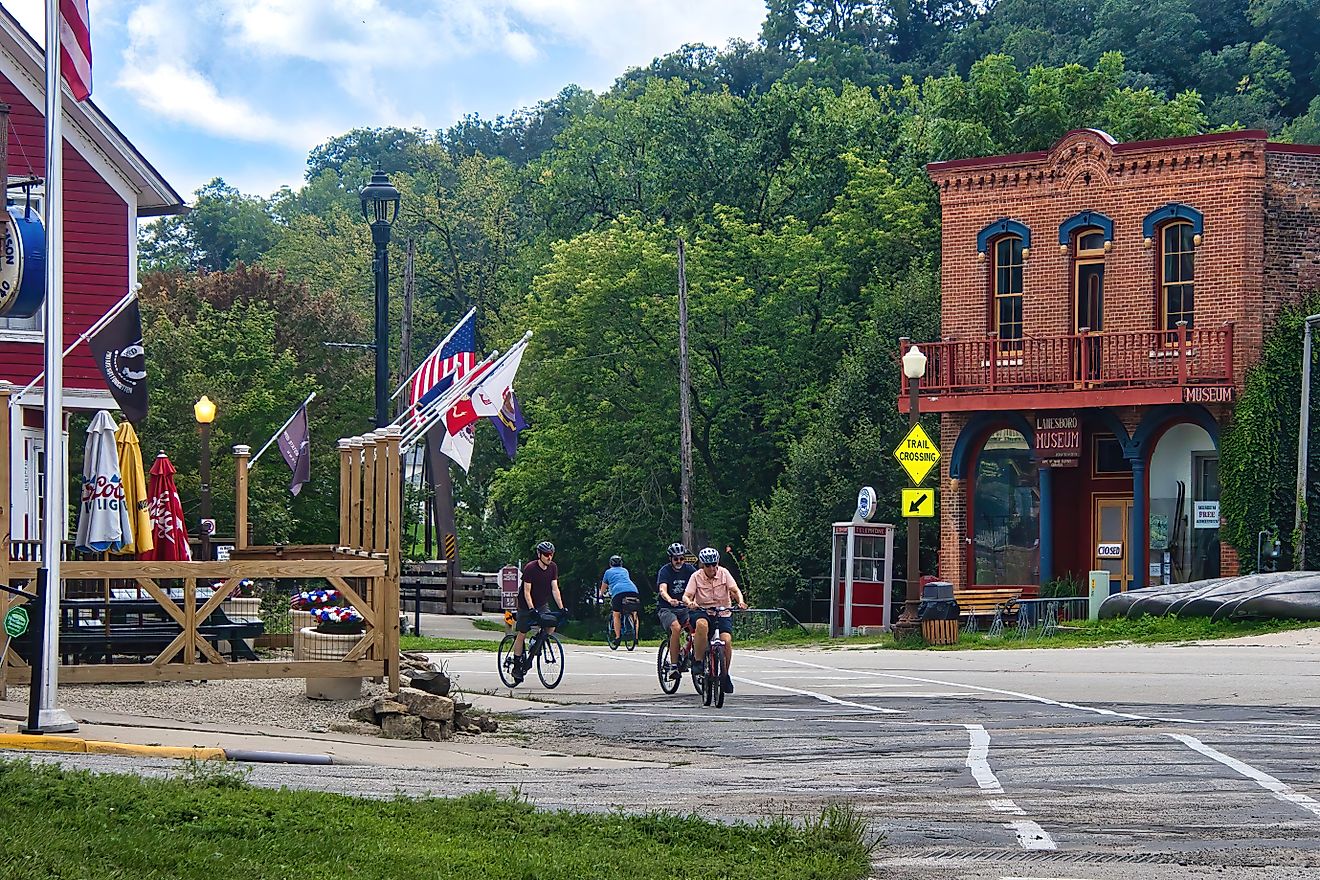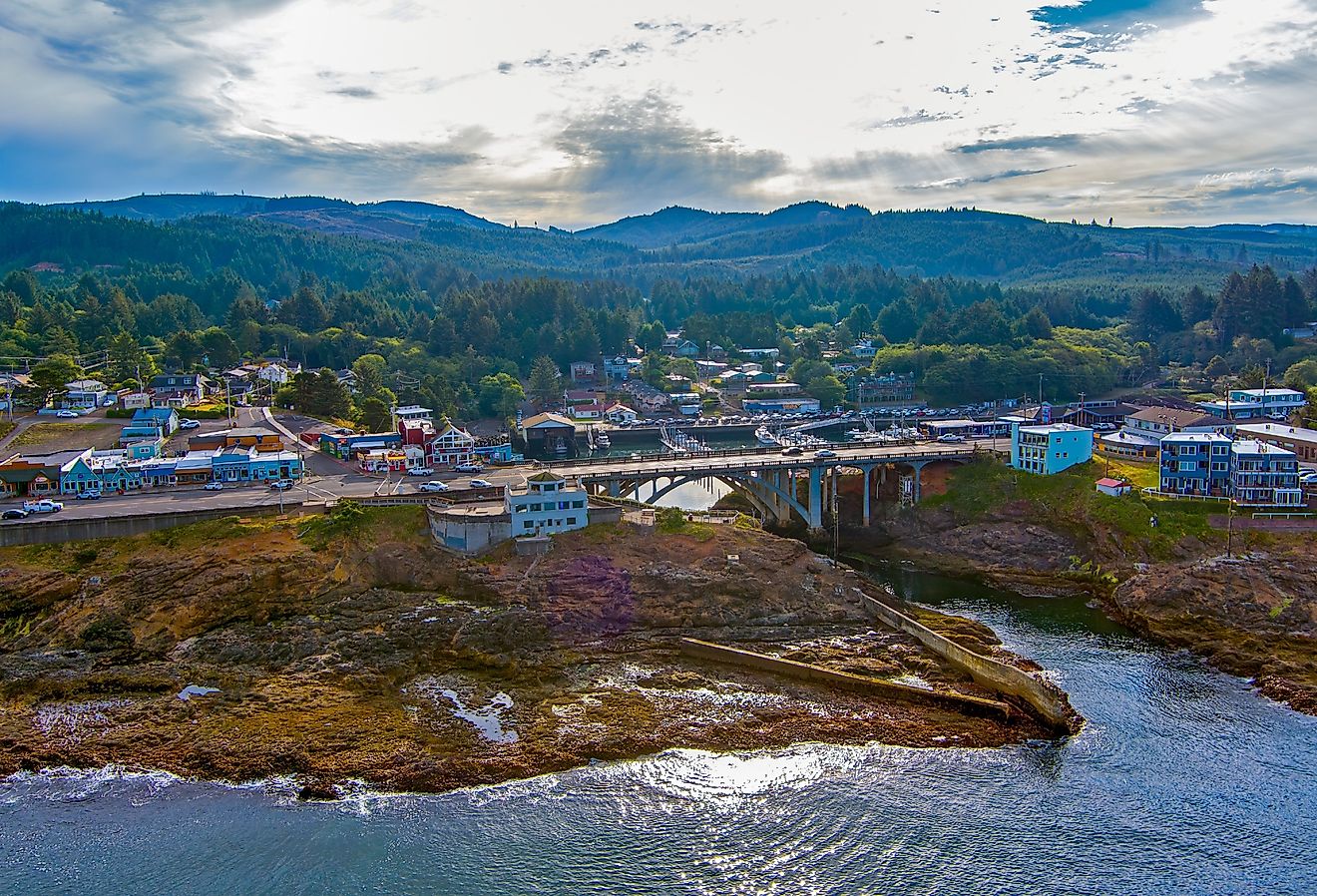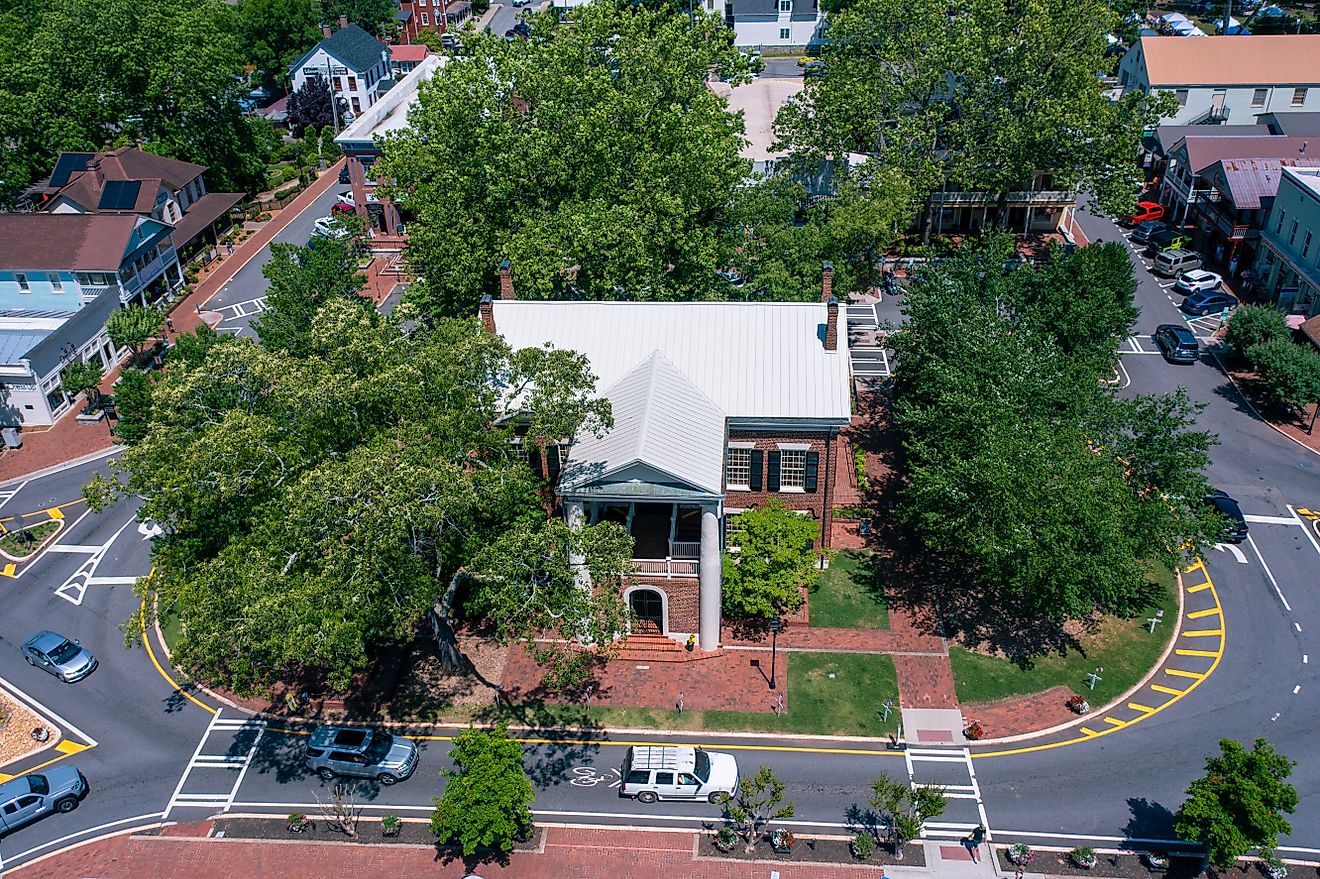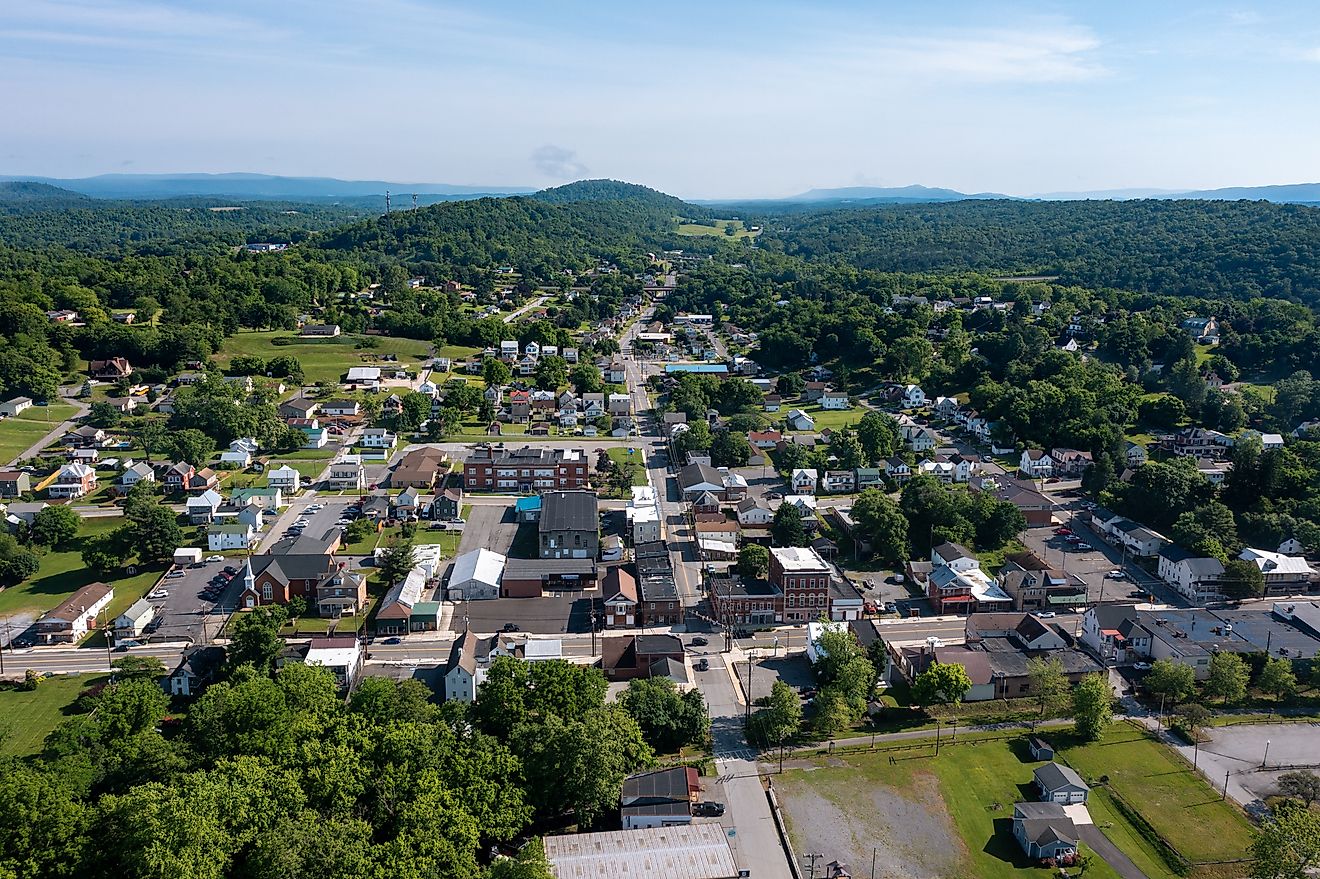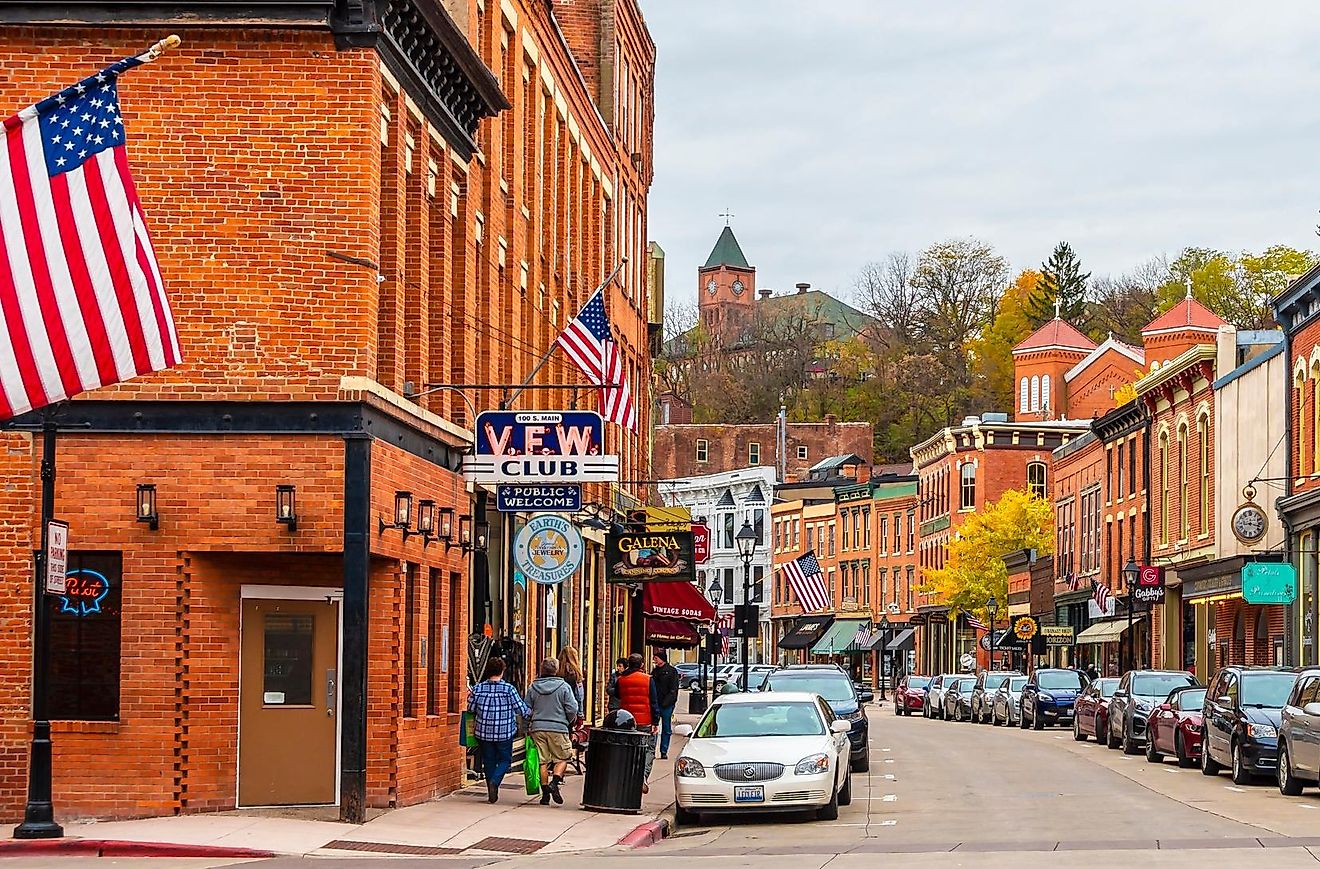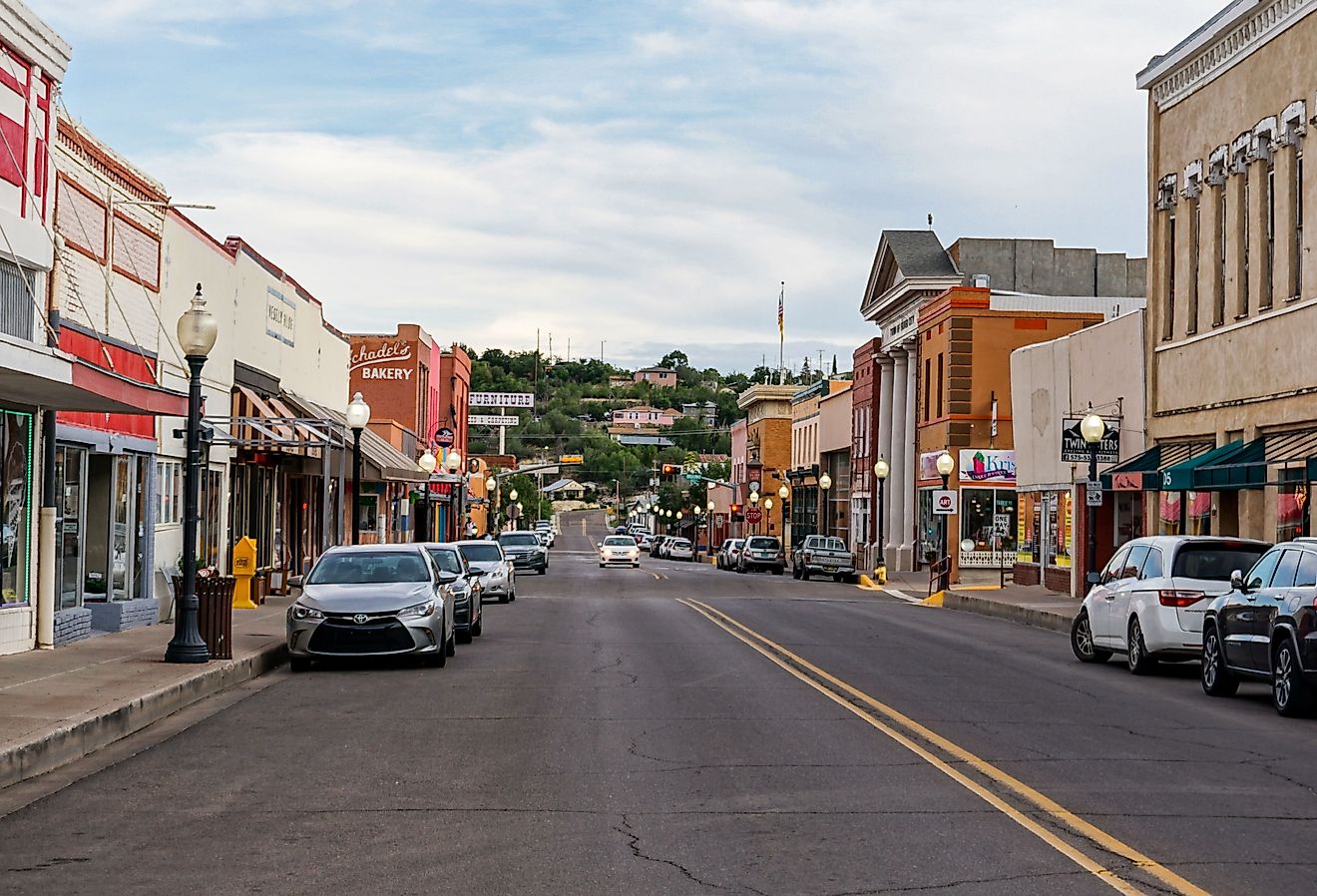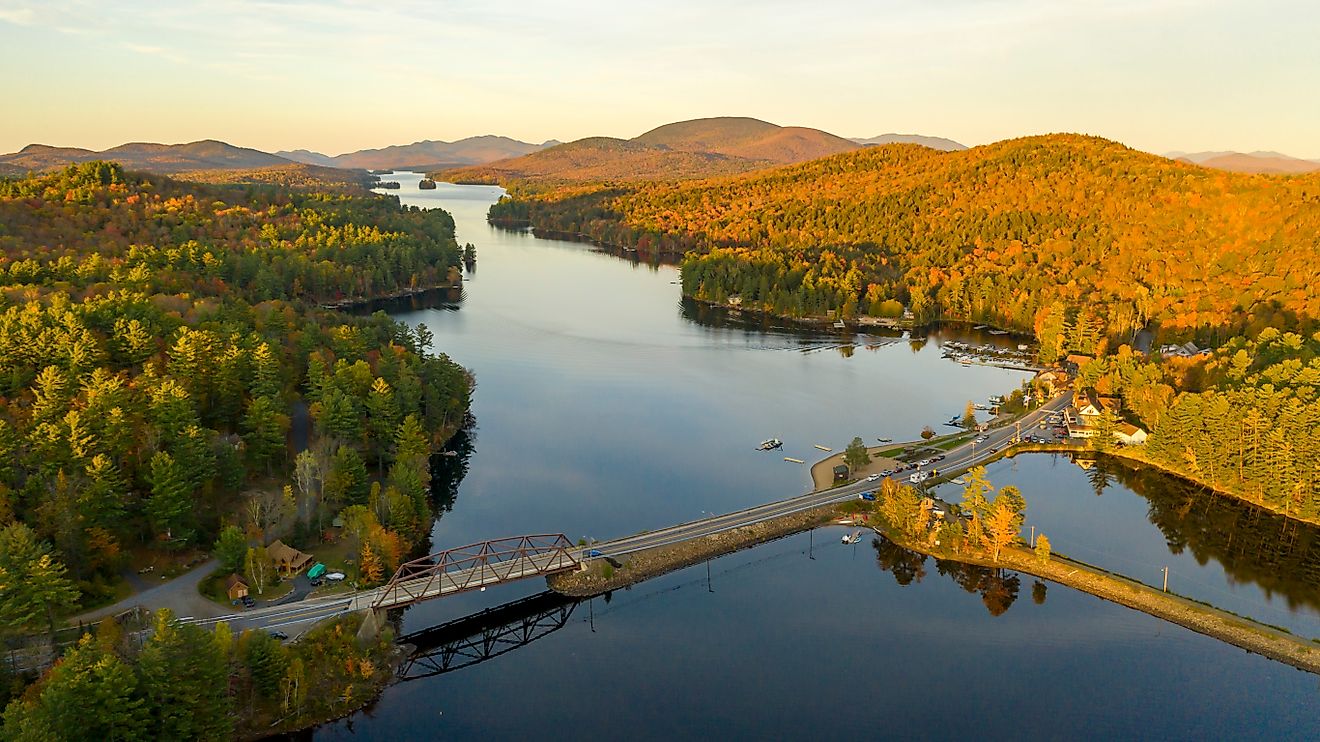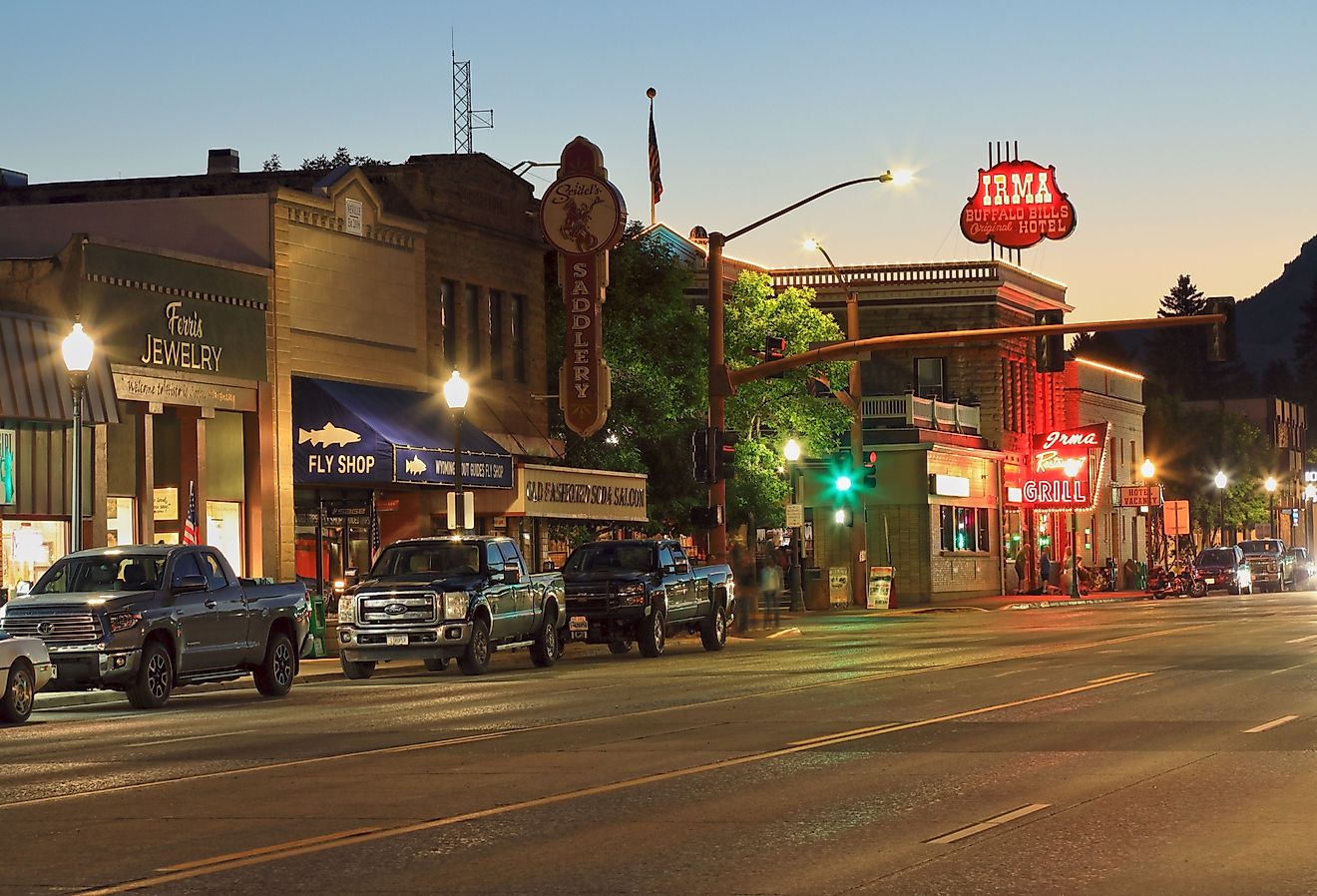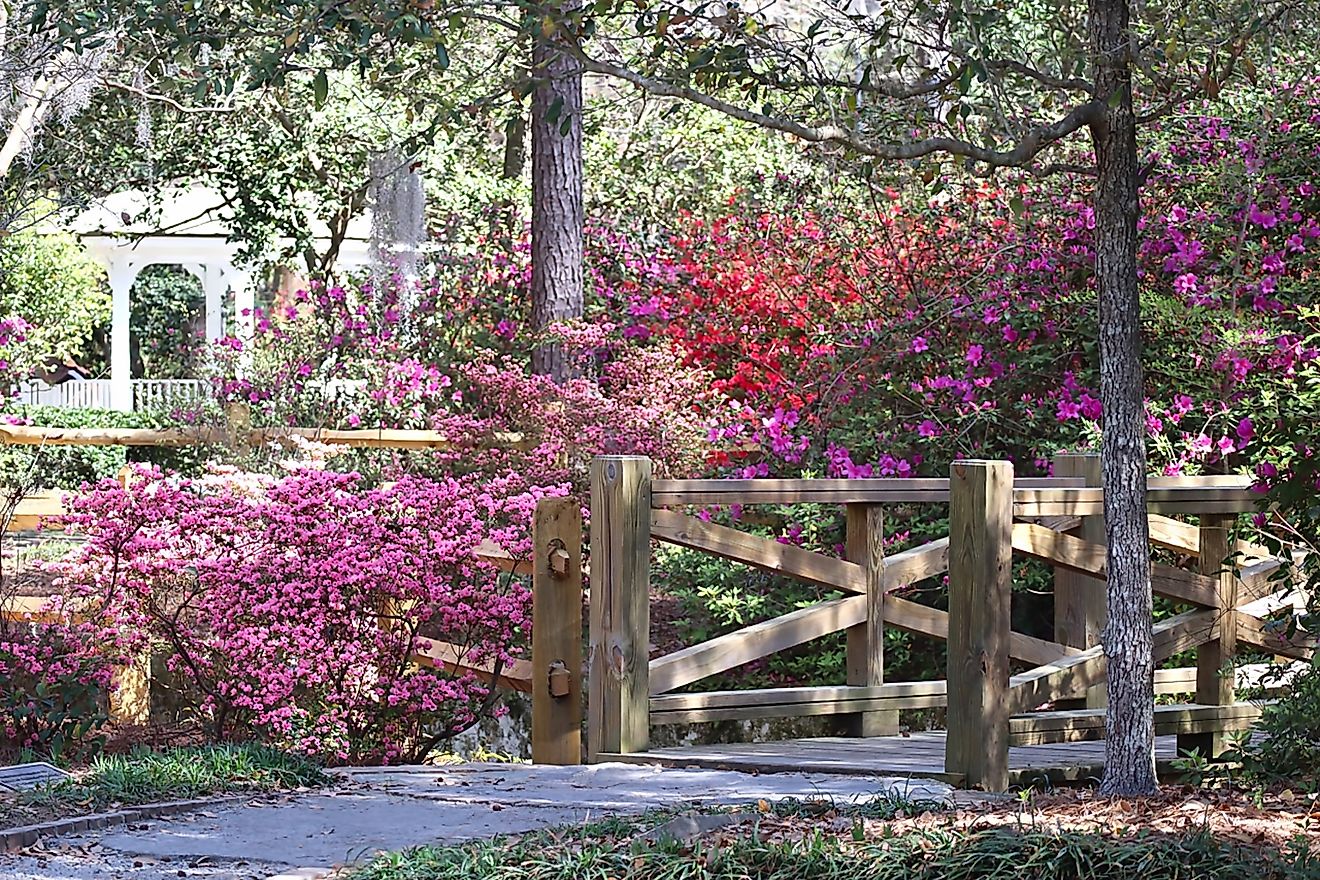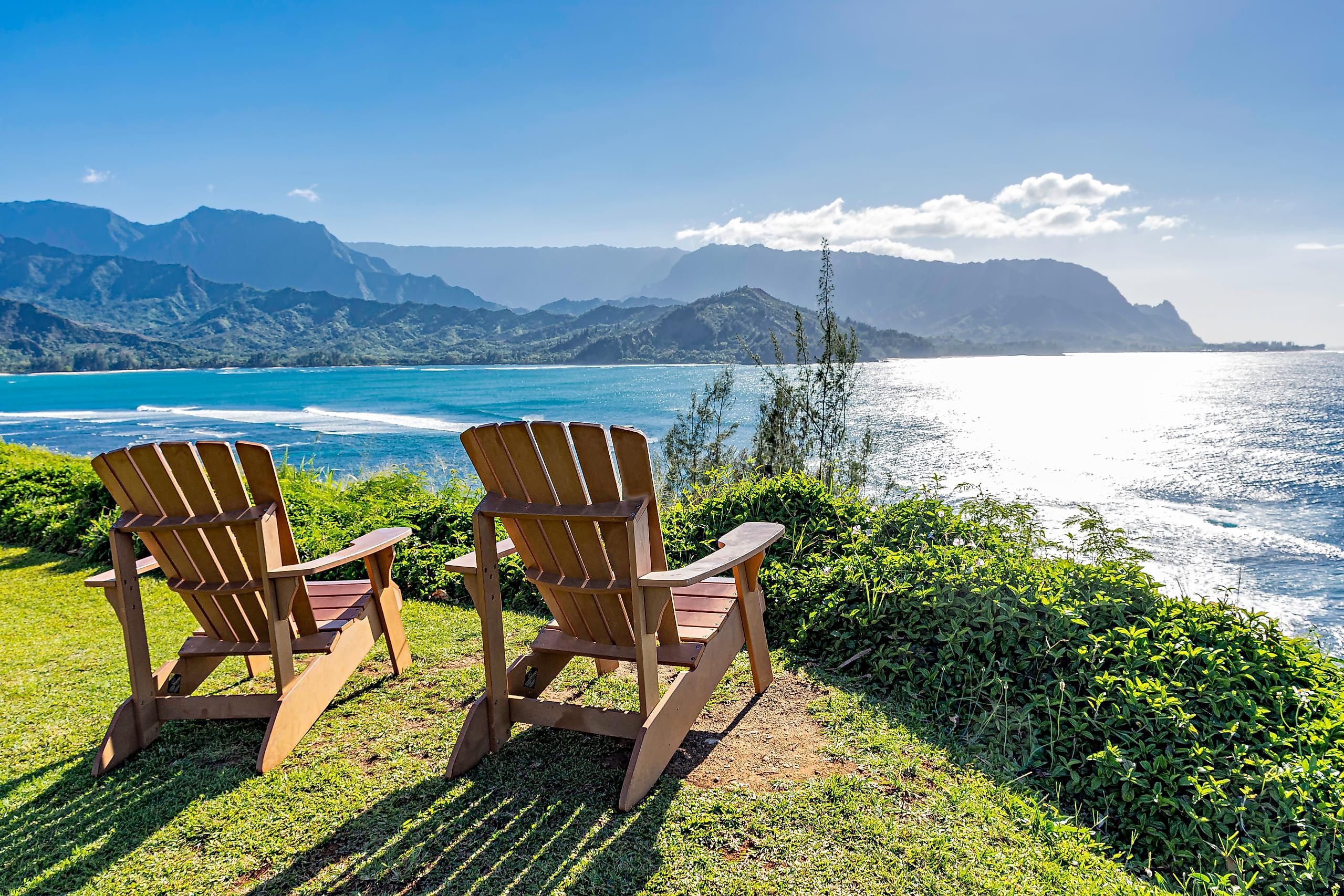
8 Off-The-Grid Hawaii Towns To Visit In 2025
If you want to experience the true spirit of Hawaii, you must step off the beaten path. In small towns, you will find the island's heart and soul: tradition, culture, and stories passed down through generations. Often tucked away from tourist crowds, these off-the-grid towns offer a glimpse into the island’s vibrant life, where the earth breathes with volcanoes and the spirit of aloha thrives.
Hāna, Maui
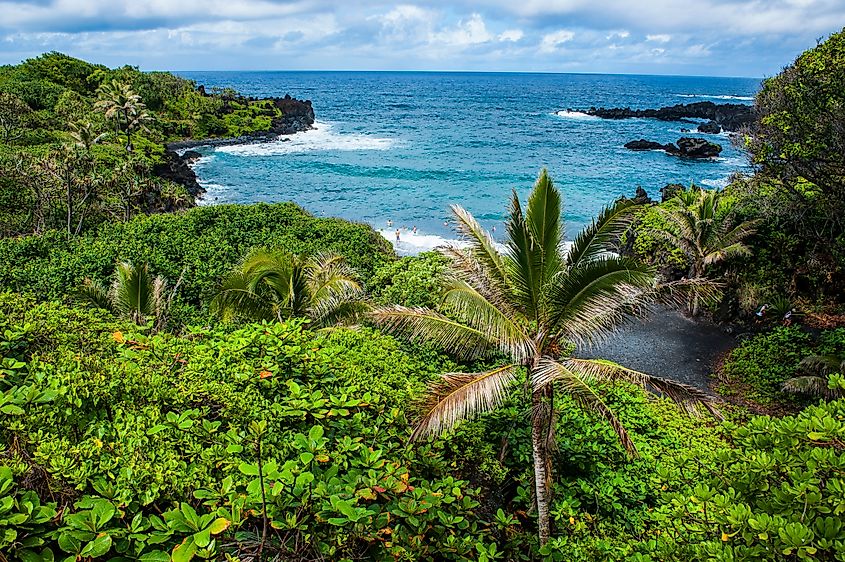
Tucked away on Maui’s remote eastern coast, Hāna feels like a separate island entirely. It remains one of the most isolated communities in Hawaii. Reaching it requires patience and a strong stomach: the 64-mile Hana Highway twists through lush rainforest, crosses nearly 60 bridges, and delivers unforgettable views at every turn. Once you arrive, the pace slows dramatically. Hāna is not a place for resorts or shopping malls. It is a place for waterfalls, black sand, and total quiet.
Visitors can explore Waiʻānapanapa State Park, home to striking black sand beaches, sea caves, and lava tubes. The short coastal trails offer panoramic views of the rugged shoreline. A few minutes south, Hamoa Beach provides a gentle curve of soft sand framed by cliffs and coconut palms. It remains one of Maui’s most beautiful swimming spots, though never crowded.
Just beyond town, ʻOheʻo Gulch (sometimes called Seven Sacred Pools) offers hiking trails through bamboo forests and waterfalls within the Kīpahulu District of Haleakalā National Park. Back in Hāna, the cultural center and the small Hāna Lava Tube attraction offer insight into the town’s geology and history. Despite its size, Hāna leaves a deep impression. Travelers who make the trip often say it was the highlight of their time in Hawaii.
Hawi, Big Island
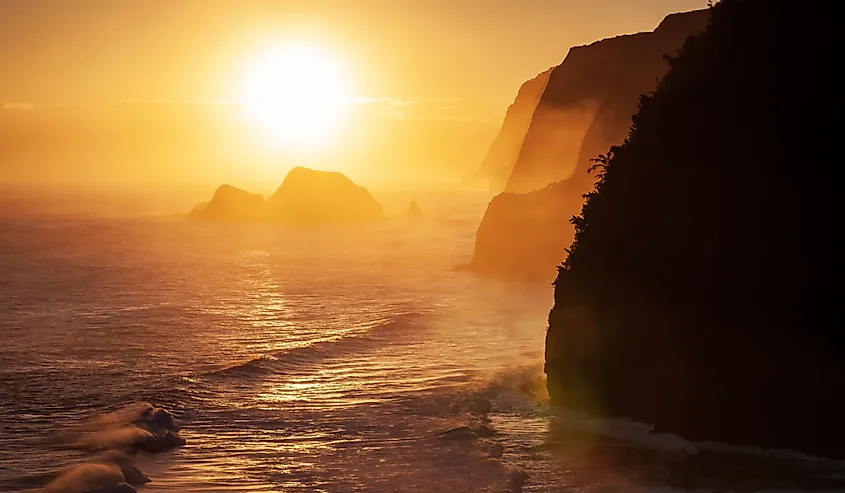
Located at the northern tip of Hawaii’s Big Island, Hawi offers a peaceful, off-the-grid experience shaped by nature, history, and small-town charm. The quiet streets, wooden storefronts, and breezy cafés make it feel worlds away from Kona’s resort strip, even though it is only a scenic drive down the coast.
A popular stop is the original King Kamehameha I statue, which honors the birthplace of the Hawaiian ruler who unified the islands. Nearby, the Kohala Historical Sites State Monument preserves ancient temples and cultural landmarks, giving visitors a sense of deep time and tradition. The Pololū Valley Lookout, just 15 minutes away, delivers one of the island’s best views: a dramatic overlook of cliffs and black sand beaches. Adventurous hikers can follow the trail down to the valley floor.
In town, galleries and boutiques feature locally made crafts, ceramics, and tropical wood carvings. At the weekly farmers market, visitors can sample lilikoi jam, fresh macadamia nuts, and homegrown coffee. Though small, Hawi packs a surprising amount of character into its main street. It is a perfect spot for travelers who prefer open spaces, fresh breezes, and genuine local hospitality.
Naalehu, Big Island
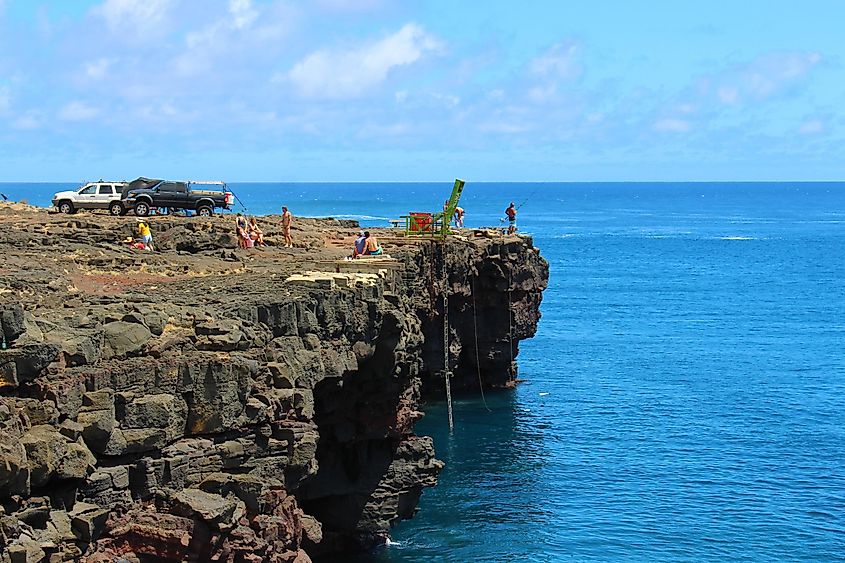
Naalehu, with a population of 837, is the southernmost town in the United States. Tucked between Hawaii Volcanoes National Park and the coastal cliffs of Ka Lae (South Point), Naalehu offers a quiet, rural atmosphere where you can slow down and explore at your own pace.
The town is best known for its proximity to Papakōlea Green Sand Beach. Reaching the beach involves a rugged hike or local 4x4 shuttle, but the olive-colored sand and crashing waves are worth the effort. South Point, just a short drive away, is a windswept and dramatic area where some brave visitors cliff jump into the sea. Others come just to take in the vast, uninterrupted views of the Pacific Ocean.
Back in town, the Punaluʻu Bake Shop has become a must-stop. Known for sweet bread and malasadas, it is also a good place to grab a coffee and sit in the garden. Nearby Punaluʻu Black Sand Beach offers a chance to see sea turtles sunbathing on lava rock.
Naalehu feels untouched by tourism. It is quiet, uncrowded, and full of small details, like roaming chickens and ocean breezes, that remind you how far you are from the busy parts of the island.
Pāhoa, Big Island
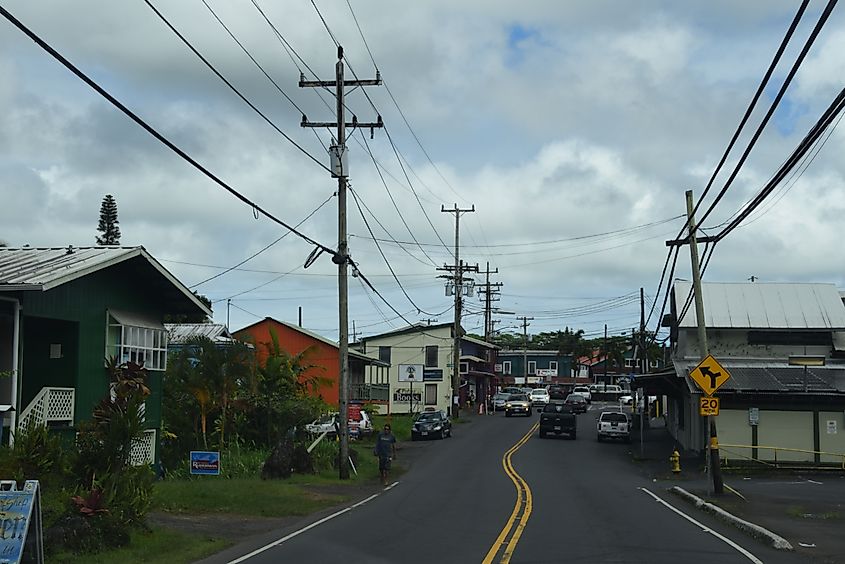
Pāhoa is in the heart of the Puna District. Its location near recent lava flows offers a dramatic backdrop you will not find elsewhere in Hawaii but has been destructive for long term residents.
One of the main draws is Lava Tree State Monument, where visitors can walk through a forest of lava molds formed around trees during an 18th-century eruption. The park is quiet and eerie, perfect for a short hike or photo stop. Just down the road, you will find the heated tide pools of Ahalanui: though the 2018 eruption changed the coastline, new hot ponds have started to form, and locals often know where to find them.
In town, the farmers market is a highlight, especially on Sundays. You will find fresh fruit, handmade goods, hot meals, and live music all in one vibrant corner lot. Art galleries and secondhand shops give the main street a creative, unpredictable flair.
Pāhoa offers easy access to other off-the-grid gems in Puna, including the Red Road coastal drive and the remnants of the old Kaimū black sand beach. It is raw, real, and uniquely Hawaiian.
Lanai City, Lanai
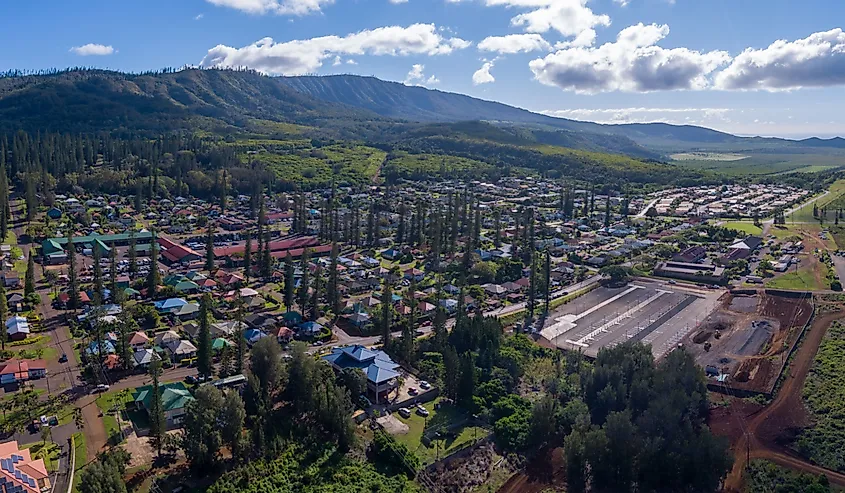
Lanai City, with a population of 3,283, sits in the cool uplands of Lanai Island, away from the coastal resorts and firmly off the tourist radar. Built in the 1920s as a plantation town, it remains small, walkable, and full of old charm: no traffic lights, no big box stores, and no crowds.
Dole Park anchors the center of town, lined with mom-and-pop shops, art galleries, and casual cafés. It is a good place to slow down, grab a coffee, and chat with locals. Mike Carroll Gallery showcases work by Hawaiian artists and photographers, while the Lanai Art Center often hosts workshops and small exhibitions.
A short drive from town brings you to Keahiakawelo, also known as the Garden of the Gods. This otherworldly landscape of red rock formations and boulders looks more like Mars than Hawaii. The area is especially dramatic at sunset when the stones glow under the changing light.
Lanai City also offers access to Munro Trail, a rugged 12-mile road that winds through pine forests and ridgelines. From the top, you can spot six different Hawaiian Islands on a clear day.
Quiet, isolated, and full of character, Lanai City offers an entirely different Hawaiian experience.
Kaunakakai, Molokai
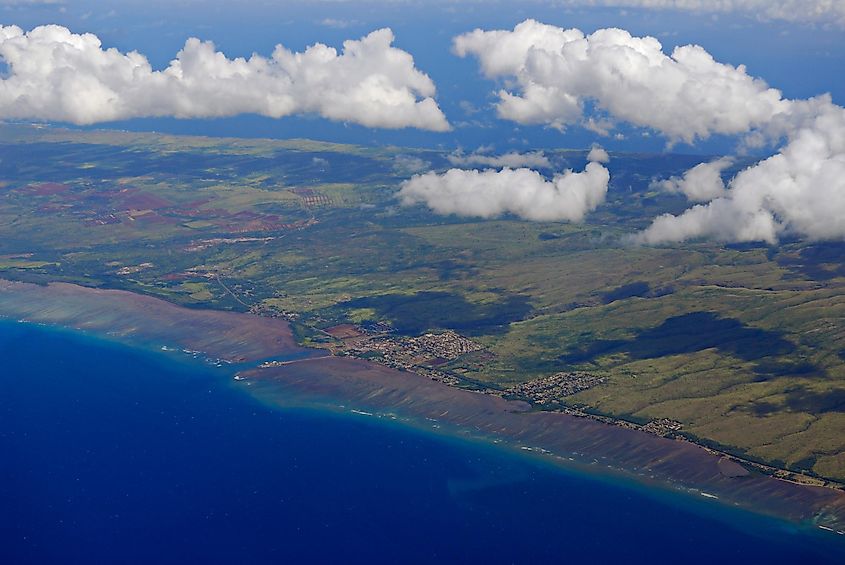
Kaunakakai, with a population of 3,721, is the largest town on Molokai, yet it still feels completely unplugged from the rest of the world. There are no big resorts or chain restaurants here. Instead, you will find slow mornings, quiet beaches, and a deep sense of tradition.
Downtown Kaunakakai is a one-street affair, lined with old storefronts, a bakery that has been serving hot bread for decades, and the charming Kanemitsu’s Bakery. Locals line up after dark for the signature hot bread, served fresh from the oven with butter, cinnamon, or guava jam.
Nearby, Kapuaiwa Coconut Grove holds a grove of royal coconut palms planted in the 1860s. The site is peaceful and photogenic, especially at golden hour. A short drive west brings you to the Molokai Museum and Cultural Center, which covers the island’s history, including its past as a pineapple plantation hub.
You can also visit Kaunakakai Harbor, a calm place to fish, walk the pier, or watch the sunset. Local tour operators offer boat trips to the nearby barrier reef, one of the longest in Hawaii.
Kaunakakai keeps things simple and slow, with a rhythm that favors early mornings, friendly waves, and strong community ties.
Kapa‘au, Big Island
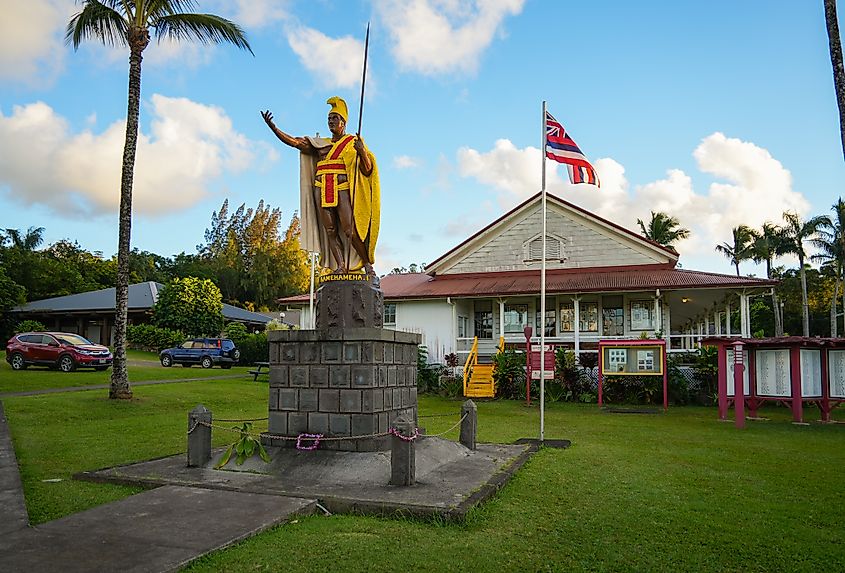
With a population of 2,029, Kapa‘au sits quietly near the northern tip of the Big Island and offers a mellow, green escape with deep cultural roots. It is best known as the birthplace of King Kamehameha I, and the town proudly displays a life-sized statue of the ruler just off the main road. The statue is a must-see photo stop and a key piece of Hawaiian history.
The town center features a small but lively mix of art galleries, local boutiques, and cafés serving strong coffee and fresh pastries. Look for handmade crafts at Ackerman Galleries or explore local produce stands along Akoni Pule Highway. Every Saturday, Kapa‘au Farmers Market sells fresh fruit, local honey, and baked goods.
Just a few minutes away, the Pololū Valley Lookout offers one of the most breathtaking views on the island. Adventurous visitors can hike the short but steep trail down to the black sand beach for an even closer look at this remote valley.
Kapa‘au blends quiet rural life with meaningful heritage and big scenery. It is a peaceful spot where visitors can slow down, reflect, and experience a part of Hawaii that feels tucked away from modern life.
Volcano Village, Big Island
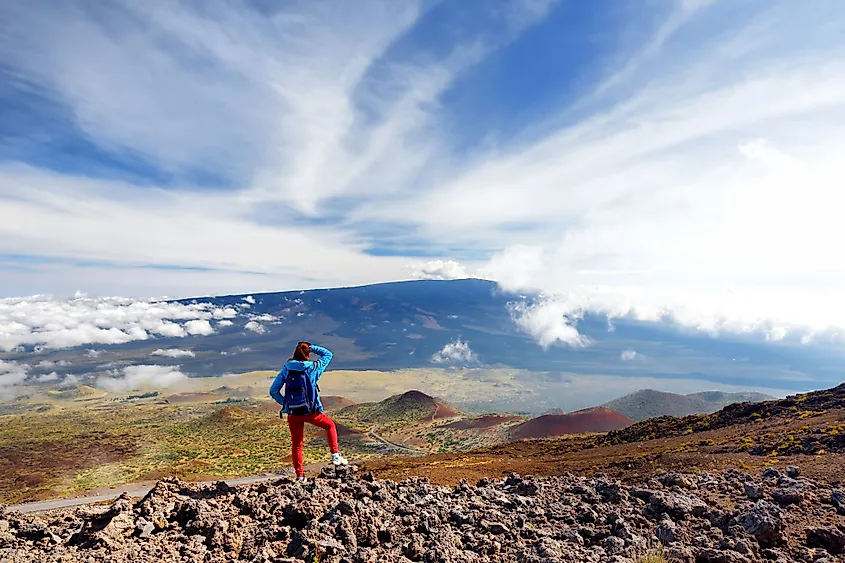
Colloquially, the town of Volcano, home to under 1,000 residents, is on the edge of Hawai‘i Volcanoes National Park. This cool, misty village sits 4,000 feet above sea level and is one of the best spots in the state to connect with nature in a raw, powerful form. You can walk through ancient lava tubes, hike across steaming craters, or drive the scenic Crater Rim Drive for an otherworldly view of Kīlauea.
Art and nature mix in town, where galleries like Volcano Garden Arts and Volcano Art Center showcase local photography, painting, ceramics, and woodwork. Many artists live in the area, and the creative energy is easy to spot around every corner.
Volcano Farmers Market, held Sundays, is small but packed with local flavor. You can find fresh orchids, macadamia nuts, taro, and home-cooked snacks served by friendly neighbors.
Census data from Hawaii shows that fewer people live in Volcano than did in the previous decade, for environmental and cost considerations.
The cooler climate here supports lush rainforest growth. Trails around the village lead through tree ferns, ʻōhiʻa trees, and native bird habitats. Whether you are exploring lava fields or sipping coffee in a foggy forest cottage, Volcano offers a quiet, off-the-grid experience that feels different from the beach-heavy Hawaii most travelers expect.
Visiting these off-the-grid towns offers a chance to step into a world apart, where time slows down and tradition thrives. Away from the busy tourist hubs, you can truly connect with Hawaii's culture and natural beauty. If you are fortunate enough to explore these towns, you will experience the islands as they were meant to be seen: untouched, authentic, and unforgettable.
